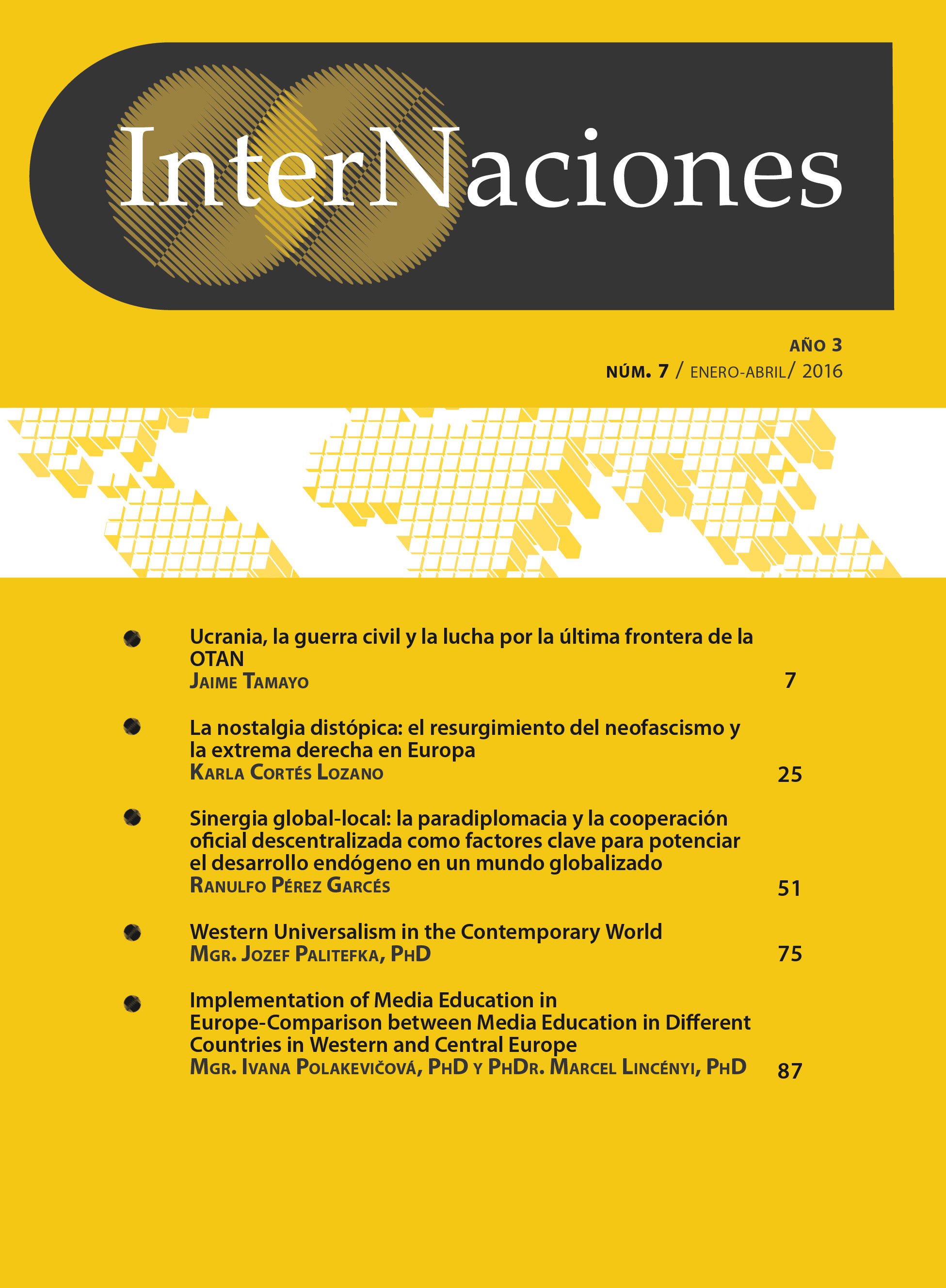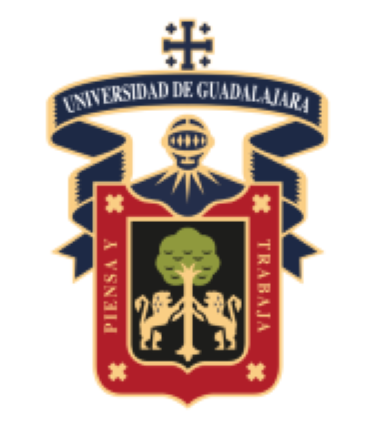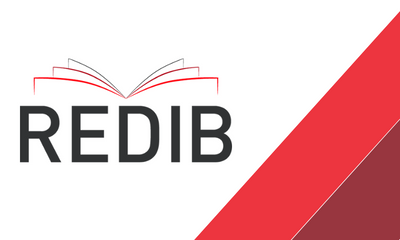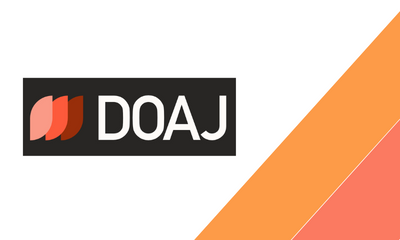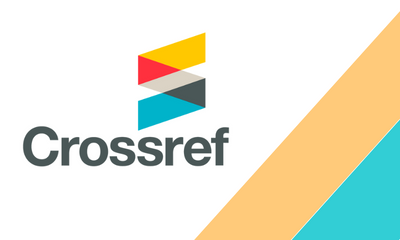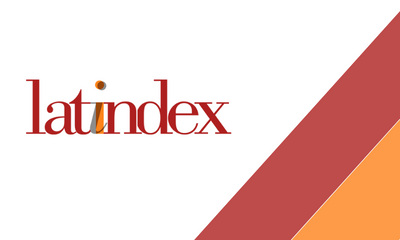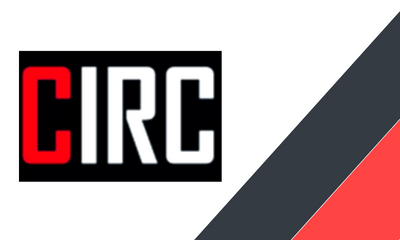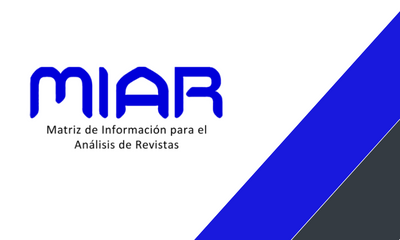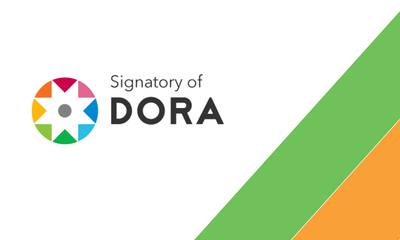Implementation of Media Education in Europe - Comparison between Media Education in Different Countries in Western and Central Europe
DOI:
https://doi.org/10.32870/in.v3i7.6864Keywords:
Europe, Media education, History, Implementation, ExperienceAbstract
The first considerations about increasing a person’s media competence aspart of lifelong learning in post-modern society had already appeared inpost-war Europe. International institutions, however, only began paying attention to media education in the 1990’s. At the beginning of the 21st century, the topic of media education has been implemented into the content of general education in most countries of the European Union. In most countries, this topic has been integrated into compulsory subjects, in some countries it is a cross-cutting theme in several subjects, while in some places the increase of media competence is a part of extracurricular education. The situation across countries is differentiated —Anglo-Saxon and Scandinavian countries have the longest history and the highest scores in the Union—. The presented research study deals with comparing the implementation of media education in Western and Central Europe.Downloads
Downloads
Published
How to Cite
Issue
Section
License
CC BY-NC-SA 4.0 https://creativecommons.org/licenses/by-nc-sa/4.0/

